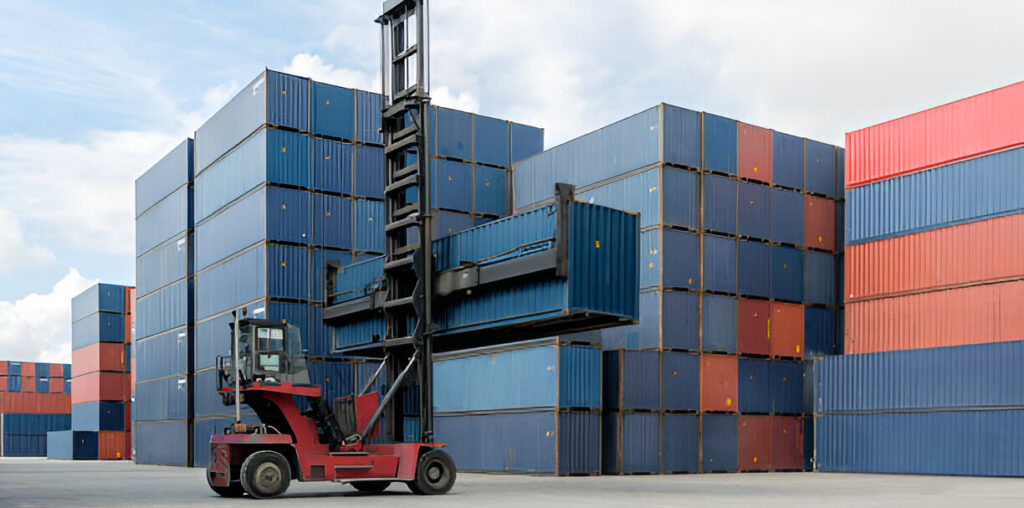For industrial storage and shipping solutions, purchasing a used shipping container can be a great way to save money while providing a secure space to store your valuable goods. Used shipping containers are designed to last for years, providing complete protection for your goods. However, when it comes to purchasing a used shipping container, you need to pay attention to some fundamental things to ensure you’re getting the right container for your needs. So, let’s list key things you should watch out for when purchasing a used shipping container.
Inspect the Container’s Condition
You may find used shipping containers in various conditions, depending on their level of use and the purpose for which they were used. Let’s understand the most common grades of containers:
- Grade A: These containers are almost new because they have been used only once to ship goods from one location to another. They have minimal wear and tear and usually look brand new, but they can be more expensive.
- Grade B: These containers are also in good shape and can be used for shipping again. However, they may show some signs of wear and tear, so it’s recommended that you inspect them before purchasing them.
- Grade C: These containers are often used for shipping goods and exhibit significant wear and tear and other signs of damage. If you want to use the container for a shorter period, a Grade C container could be a cost-effective option—but only if you’re aware of its limitations.
Look for Rust and Corrosion
Rust and corrosion are commonly found in used containers. If we talk about surface rust, it can be sanded and painted over. On the other hand, deep rust or corrosion is more serious and can weaken the steel. It can also cause holes or soft spots in the container’s structure. When looking for a container, pay attention to the corners and joints, where rust tends to accumulate quickly. The roof is also prone to rust because of water pooling. You can also find rust and corrosion inside the container because moisture can become trapped, especially if it was previously used in humid or wet environments or hasn’t been properly ventilated.
Inspect the Doors and Seals
The next thing to inspect is the doors and seals of the container. Doors play a vital role in safeguarding valuable goods. And, if the doors are not sturdy or their locks are cracked or damaged, the security and weather resistance of the container can be compromised. Therefore, ensure to:
- Properly open and close both doors to check if they swing freely.
- Check the seals around the doors for cracks or missing pieces. These seals are crucial in keeping out rain and pests.
- Check the locks and door hinges to ensure they function correctly.
Check the Size
Containers come in various sizes, including 20 ft and 40 ft.. 20 ft containers are ideal for small to medium-sized storage, while 40 ft containers are best suited for large storage projects or bulk shipping. Consider your storage requirements and select the appropriate container size to meet your needs.
Consider the Container’s Type
Both new and used containers come in a variety of types, each designed for a specific use. You must choose a container depending on what you’re shipping or storing. Here are some common types:
- Standard Dry Containers: These are fully enclosed with steel walls, a roof, and doors and are suitable for general storage and shipping.
- Refrigerated Containers: These containers are equipped with a temperature control mechanism for storing and preserving perishable items, such as food and beverages, cosmetics, and pharmaceutical products.
- High Cube Containers: These are one foot taller than standard containers and are ideal for bulky items or when extra overhead space is required.
- Open-Top Containers: These containers feature a removable roof, allowing for easy storage of oversized items.
Ask Some Important Questions to the Respected Seller
Used containers have travelled the world; some may have been used to carry chemicals, fuel, or other hazardous materials. So, it’s better to ask a few critical questions of the seller.
- How many times has the container been used?
- Was the container used for transporting general cargo or a specific type of cargo?
- For what purpose was the container used before?
- Has the container been cleaned or refurbished?
Now, remember that when asking these questions, if the seller is unable to answer them or avoids answering, it might be safer to look elsewhere.
Buy from a Reputable Seller Only
Sellers are everywhere, but not all of them maintain a high-quality standard. To minimize unnecessary risks, purchasing your used shipping container from a reputable and trusted seller is essential. Ensure to do the below:
- Check customer reviews, testimonials, and ratings, or seek references from previous customers.
- Ensure the seller is a registered business with a physical address and valid contact information.
By taking these measures, you can buy reliable, premium-grade used containers for sale.
Final Remark
In the end, used containers can be an incredibly smart and cost-effective solution for both storage and transport—if you choose wisely. Whether for long-term storage or short-term storage, choosing a used container equally requires careful consideration. By paying attention to the factors listed above, you can make the right purchasing decision.



